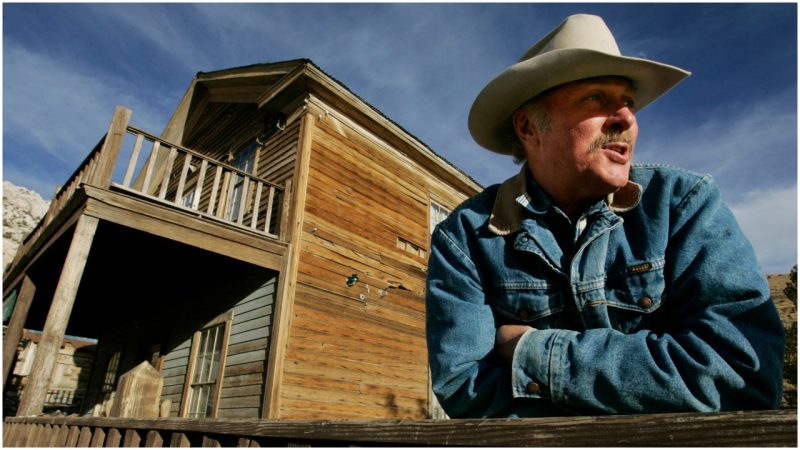The term “ghost town” brings to mind Western movies with dilapidated buildings and desert scenery. Often things of myth and urban legend, ghost towns aren’t (necessarily) haunted; they’ve just been abandoned, whether for economic, environmental, or even political reasons.
Cerro Gordo, in California, is one such town, and it could be yours for less than $1 million.
Cerro Gordo dates from the 19th century and sits at the edge of Death Valley National Park – not exactly the perfect real estate location – in Owens Valley.
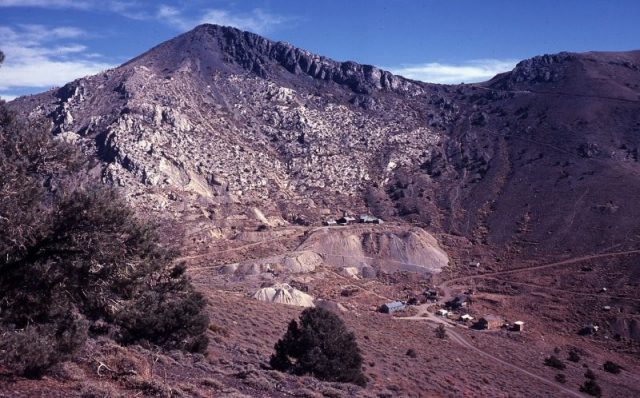
According to the real estate listing, “the site has been extremely well protected from diggers, artifact looters and Mother Nature herself … Restoration has been undertaken on most of the buildings, and the rest are in a state of protected arrested decay.”
The town is actually part of a collection of abandoned silver and galena mines, which were discovered by Pablo Flores, who was the first to begin mining and smelting on Cerro Gordo in 1865.
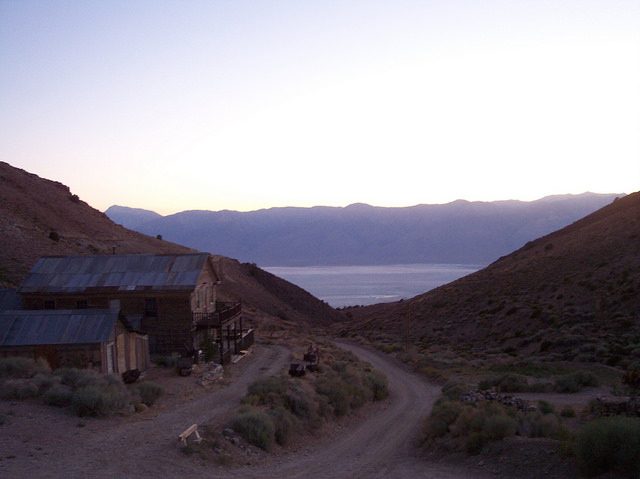
By 1867, news of the mine had spread, bringing many prospectors to the area in the hopes of making themselves rich. Victor Beaudry, a businessman from the nearby town of Independence, opened the original store.
He took on several mining claims in the area and soon owned the majority of the best and most productive mines in the area.
In 1868, another businessman, Mortimer Belshaw, arrived and brought the first load of silver from Cerro Gordo to Los Angeles, almost 300 miles away.
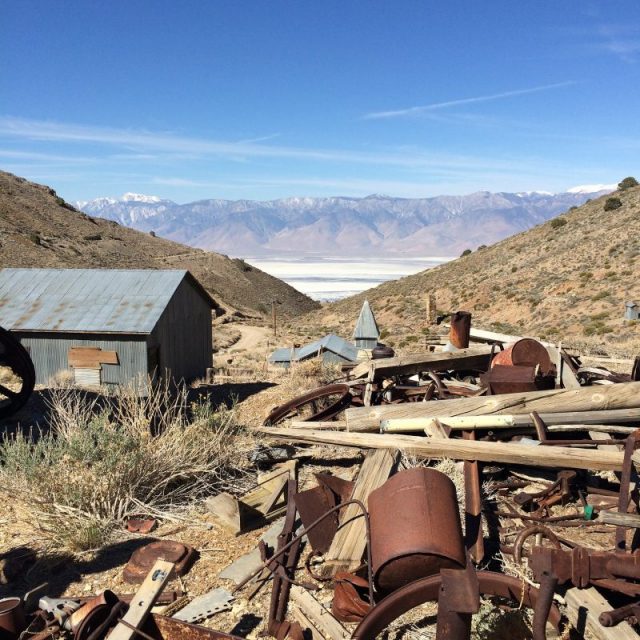
With his fortune, he built a new smelter and the first wagon road up the mountain, which became known as the Yellow Grade Road, due to the color of the surrounding rock.
Belshaw charged a toll on this road and controlled how much silver was moved from the mountain.
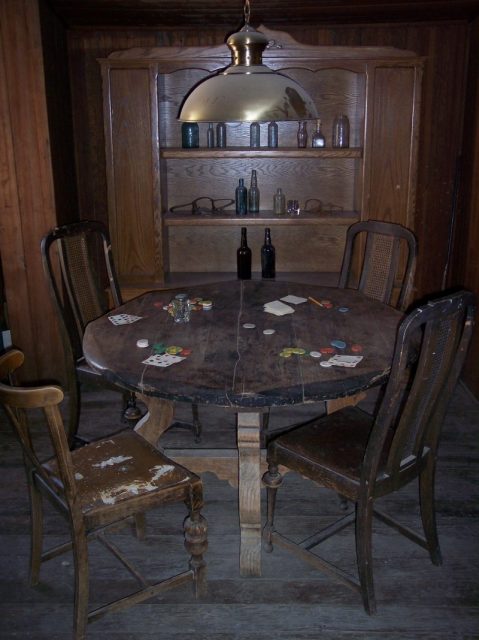
Within three years of opening, the Cerro Gordo mines were the largest producers of silver in the state of California, and the area was known as the “silver thread” to Los Angeles.
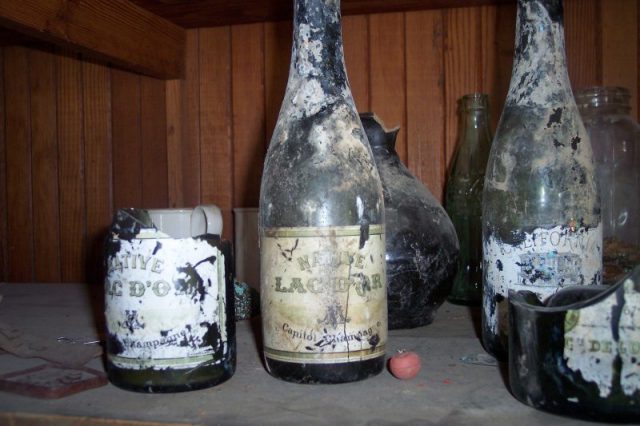
At its peak, Cerro Gordo was the quintessential Wild West town. Rough, tough, and dangerous, it is said that there was one murder per week in the small settlement.
Ghost towns reclaimed by nature
This was not to last, however. By 1875 the furnaces were forced to shut down as a result of depleting ore in the mine.
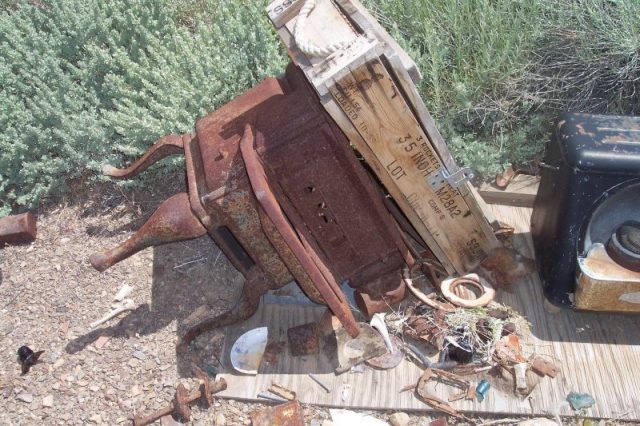
By early 1877, the mine was all but finished. As prices fell in the 1880s, the silver boom came to an end at Cerro Gordo.
Another mine activity was undertaken at Cerro Gordo in the early 20th century for zinc.
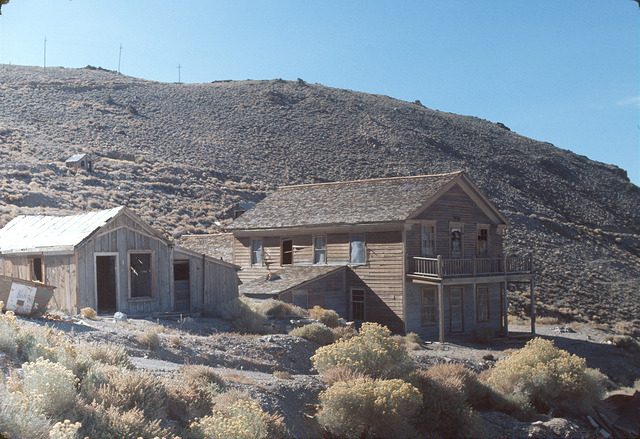
The mine, purchased by the Great Western Ore Purchasing and Reduction Company, became the largest producer of zinc carbonates in the U.S., but the revival did not last long, and by 1920 only 10 men were employed in the mines.
Operations continued for a few decades afterward, but nothing of the same scale as the 1860s and 1870s.
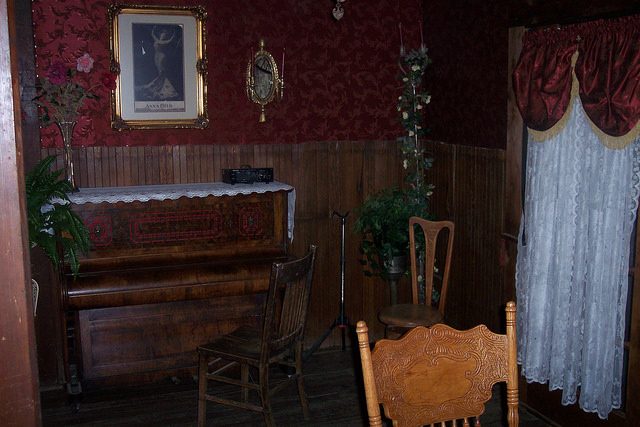
In the last few decades, the land has been privately owned by a single family. They have recently decided, however, to sell the property and its accompanying buildings.
Currently, the site on 300 acres of land comprises 22 buildings, including a hotel and saloon, church, museum (in the general store), and bunkhouse.
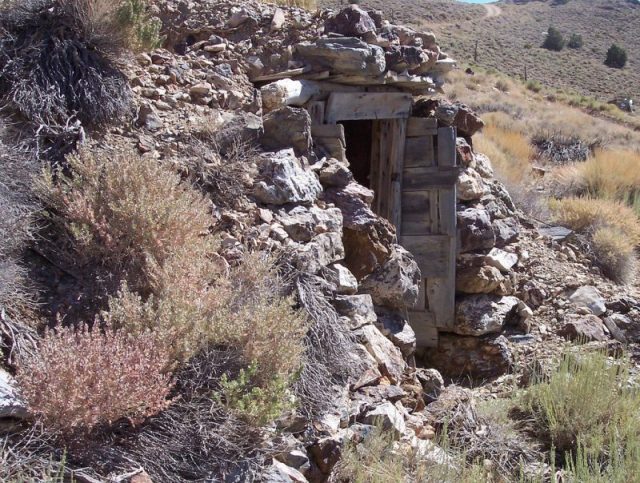
Tours have been operating upon request for several years, and it is hoped that the new owners will continue this.
The Cerro Gordo Historical Foundation has worked hard to preserve much of the town and its artifacts. One can almost visualize the Wild West and whiskey-induced arguments that may have occurred within its walls.
Whoever buys this town will have to be an avid history buff, and hopefully own an ATV as well. The eight-mile road to Cerro Gordo is steep and unpaved.
Patricia Grimshaw is a self-professed museum nerd, with an equal interest in both medieval and military history. She received a BA (Hons) from Queen’s University in Medieval History, and an MA in War Studies from the Royal Military College of Canada, and completed a Master of Museum Studies at the University of Toronto before beginning her museum career. She has lived and traveled all over Canada and Europe.
